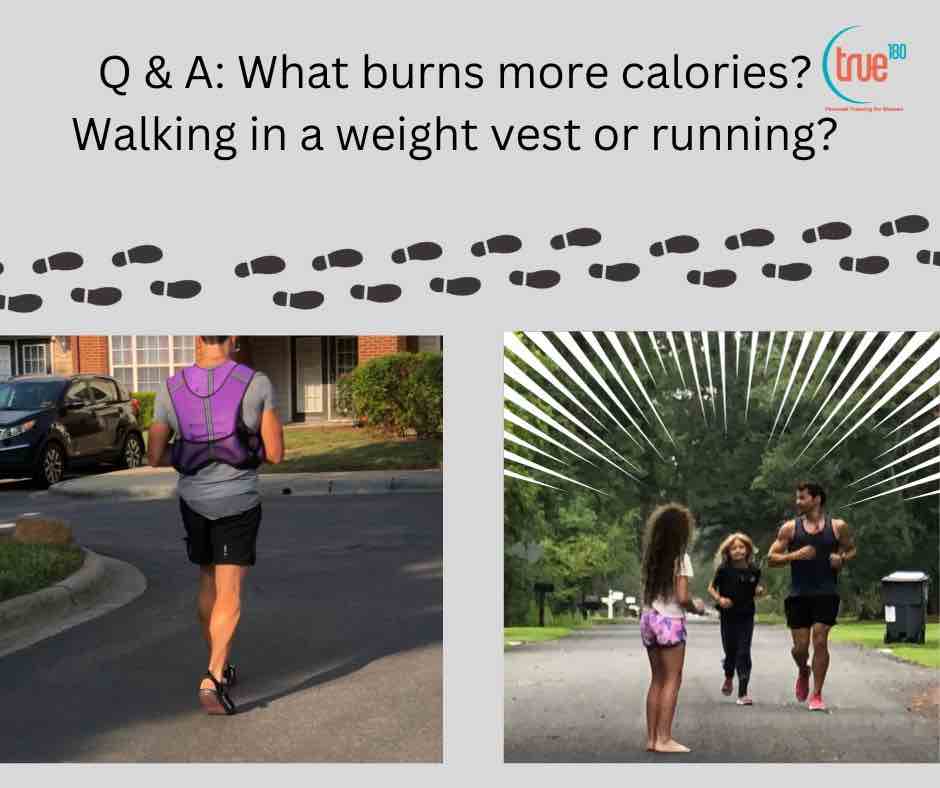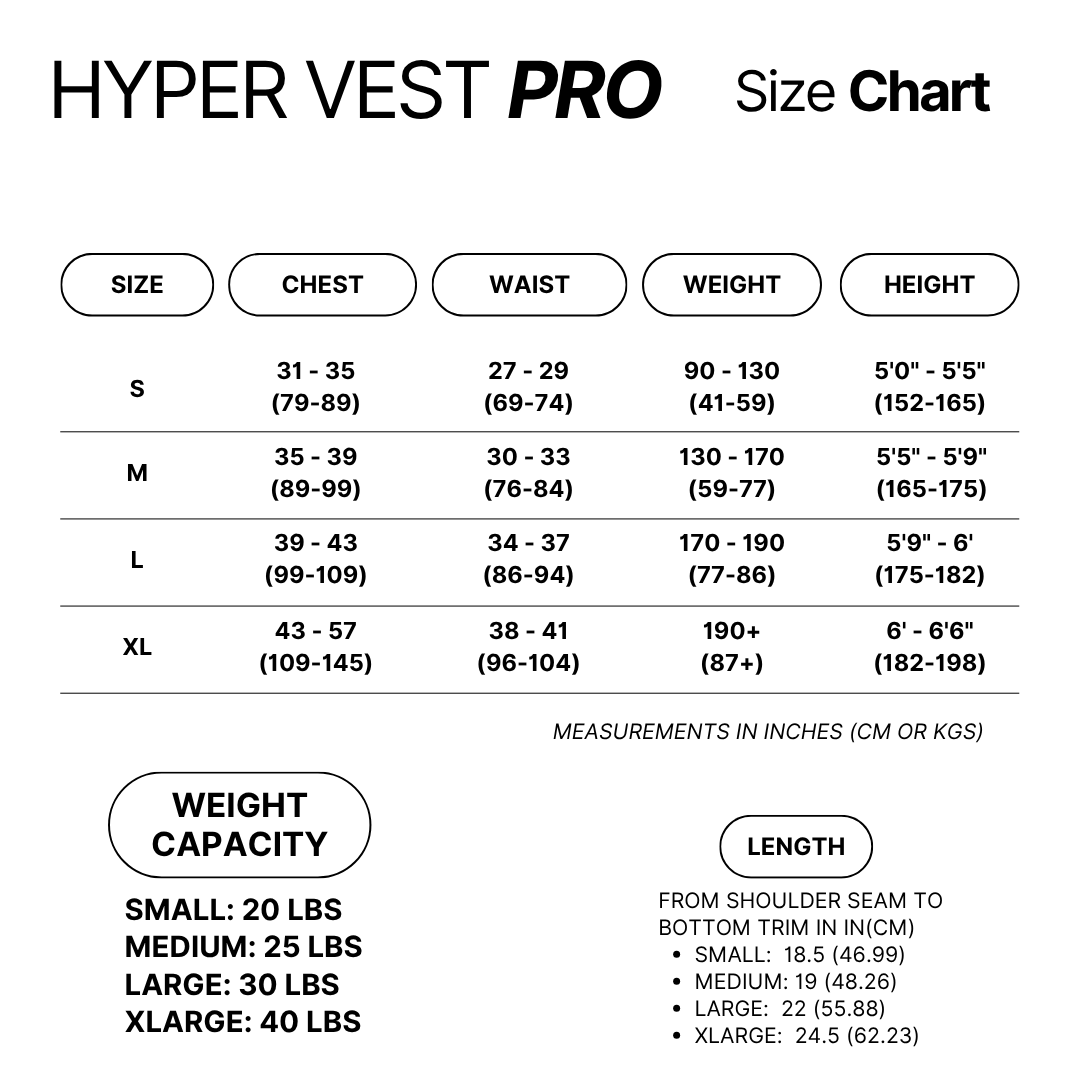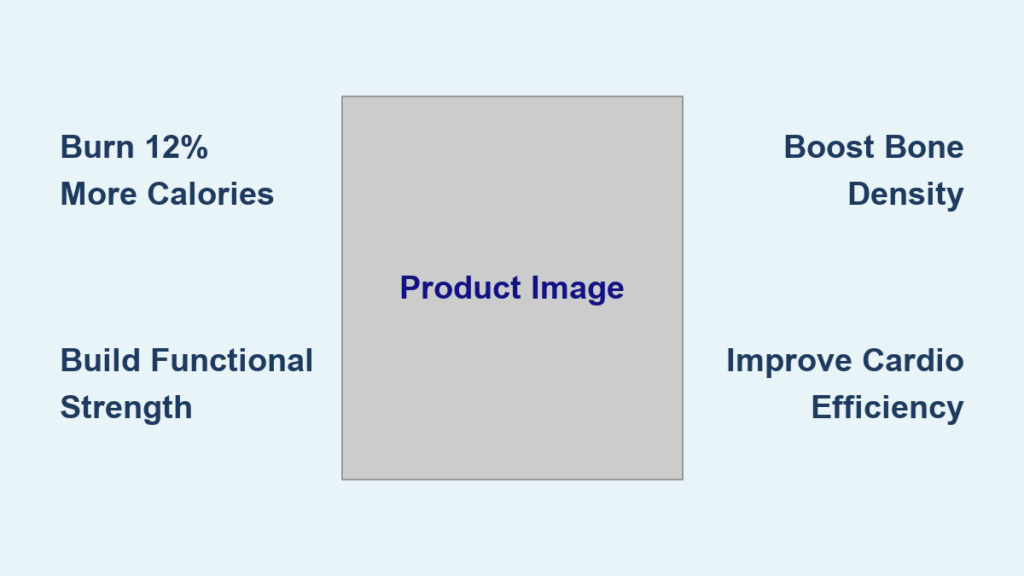You’ve hit a plateau. Your daily walk no longer leaves you winded. Bodyweight squats feel effortless. Even your grocery haul up three flights of stairs doesn’t make your heart race anymore. Meanwhile, your neighbor strides past you on the trail wearing what looks like a tactical vest, sweat-drenched but grinning. You wonder: What’s the point of a weighted vest? Is it just fitness theater? The truth cuts through the noise: A weighted vest transforms mundane movement into legit resistance training. By strapping 5–30 pounds directly to your core, you force your heart, muscles, and bones to work harder during any upright activity—without adding gym sessions or complex equipment. You’ll burn 12% more calories on your lunchtime walk, build functional strength that makes carrying kids or furniture feel lighter, and even combat age-related bone loss. This isn’t magic; it’s physics meeting physiology.
How a 15-Pound Vest Burns 12% More Calories on Your Daily Walk

Slipping on a vest equal to 15% of your body weight (say, 24 lbs for a 160-lb person) instantly amplifies every step you take. Your heart rate spikes faster than walking alone, your breathing deepens, and your leg muscles recruit extra fibers to propel the added load. This isn’t speculation—it’s measured. When walkers wore vests at 15% body mass, they burned 12% more calories during the same distance versus unweighted walking, per American Council on Exercise data. The magic happens because your body treats the vest like extra body fat it must constantly lift against gravity.
Why Walkers Outperform Runners After Vest Training
Here’s what most beginners miss: The real payoff comes after you remove the vest. Runners who trained with weighted vests (10% body weight) for short intervals saw improved speed and lactate thresholds once the load came off. Why? Their neuromuscular system adapted to moving a heavier mass, making unweighted movement feel effortless. One study tracked women doing circuit training three times weekly for eight weeks. The vest group boosted VO₂ max by 13%—a full 3.6% higher than the non-vest group. Translation: Your heart and lungs become more efficient at delivering oxygen, so you recover faster between errands or hill climbs.
Stairs and Grocery Bags Feel Effortless After 4 Weeks
The load sits at your center of mass, forcing your core—abs, lower back, hip stabilizers—to fire continuously just to keep you upright. Meanwhile, your quads, hamstrings, and glutes handle 20–30% more force per stride. This isn’t isolated strength; it’s functional strength. Users consistently report climbing flights of stairs without huffing or hauling weekend groceries without back strain after just four weeks of vest-assisted walking. Your body doesn’t distinguish between walking with 10 extra pounds and carrying a toddler—it adapts to the demand.
Bone Density Defense for Women Over 50 (Without Crunches)

If you’re post-menopausal, traditional weightlifting might feel intimidating or inaccessible. A weighted vest offers a stealth alternative: It stimulates bone-building cells (osteoblasts) through vertical ground-reaction forces—essentially “loading” your skeleton during everyday movement. In a National Institute on Aging–funded pilot study, older adults who wore vests roughly six hours daily while dieting retained hip bone mass, while the control group lost it. While larger trials are pending, experts like those at Wake Forest University view vests as a practical adjunct for osteoporosis prevention—especially when combined with short walks.
The 3-Pound Fat Loss Secret for Busy Moms
Obese adults wearing vests equal to 11% of their body weight for eight hours daily lost three additional pounds of fat over three weeks compared to those wearing nearly weightless vests (1% body weight). For time-crunched parents, this is revolutionary. Post-menopausal women walking just 30 minutes, three days a week for six weeks shed 8.4% body fat with a vest versus 2.4% without. The catch? Consistency beats load. You’ll see better results wearing a lighter vest (5–10% body weight) during daily chores like vacuuming or mowing than sporadically hoisting a heavy one.
Your Exact Starting Weight (Based on Fitness Level)

Stop guessing your vest weight. Overloading causes joint damage; underloading wastes time. Start at 5% of your body weight (8 lbs for a 160-lb person) and only increase duration or frequency before adding weight. Cap walking loads at 10% body weight—reserve heavier loads (10–20%) for brief ruck hikes or push-ups. Here’s your progression roadmap:
| Fitness Level | Max Vest Weight | Session Length | Frequency | Critical Safety Check |
|---|---|---|---|---|
| Beginner | 5% body weight | 10–20 minutes | 2x/week | Stop if stride shortens |
| Intermediate | 7–10% body weight | 20–30 minutes | 2–3x/week | Check posture weekly |
| Advanced | 10–15% body weight | 30–45 minutes | 3–4x/week | Deload every 4–6 weeks |
Why Your First Vest Should Be Adjustable
Fixed-weight vests (like a 12-lb Reebok model) trap you at one load. Instead, choose a vest with pockets for ½–2 lb steel plates or sandbags. Women often need higher chest closures to avoid breast compression—look for contoured designs. Crucially, the vest must hug your torso without shifting during movement. If shoulder straps dig in or the load slides downward, you’ll develop poor posture within days.
Stop Immediately If You Feel These 3 Warning Signs
Joint pain is non-negotiable. If your knees, hips, or spine ache while wearing the vest, remove it now. This isn’t “good pain”—it’s your body signaling damage. Other red flags include breathlessness that doesn’t ease after stopping, or balance loss (stumbling, leaning). Certain conditions require physician clearance before use: uncontrolled hypertension, pregnancy, recent joint replacements, or chronic back pain. If you’re rehabbing an injury, start below 5% body weight and focus on perfect walking symmetry—no limping.
The Weekly 2-Minute Gait Check You’re Skipping
Every Sunday, walk 20 steps in front of a mirror while wearing your vest. Watch for:
– Shortened stride length
– Excessive forward lean
– Asymmetric arm swing
– Toe dragging
If any occur, reduce weight by 1–2 pounds immediately. Also inspect Velcro straps monthly—they lose grip over time, causing dangerous load shifts. Hand-wash with mild soap and air-dry to prevent mildew in sand-filled pockets.
4 Ways to Wear Your Vest (Beyond Boring Walks)
Maximize results by matching activities to your vest weight:
– 5–7% body weight: Vacuuming circuits (push/pull motions), grocery carrying, dog walking
– 8–10% body weight: Treadmill incline walks, stair climbing, bodyweight squats
– 10–15% body weight: Short ruck hikes (≤1 mile), slow push-ups, weighted planks
– Avoid: High-impact sports (tennis, basketball) or deep spinal flexion (yoga forward folds)—the vest magnifies injury risk here.
Pro Tip: Pair vest walks with household tasks. Do 10 lunges while waiting for coffee to brew. Walk laps around your yard while on work calls. This turns “lost time” into metabolic gold.
The Bottom Line: When a Vest Actually Works (and When It Doesn’t)
A weighted vest isn’t a shortcut to bodybuilder muscles—it won’t replace heavy squats for hypertrophy. But it is a proven tool to burn more calories during low-intensity movement, build functional strength for daily life, and support bone health with minimal time investment. Its true power lies in accessibility: You can use it while walking the dog, playing with kids, or even doing dishes. Start light (5% body weight), prioritize perfect form over heavy loads, and never ignore pain. For peri-menopausal women, tactical athletes, or busy parents, it bridges the gap between “I don’t have time for the gym” and real results. If you own one but rarely use it? Strap it on during your next Netflix episode walk. That’s the point.





